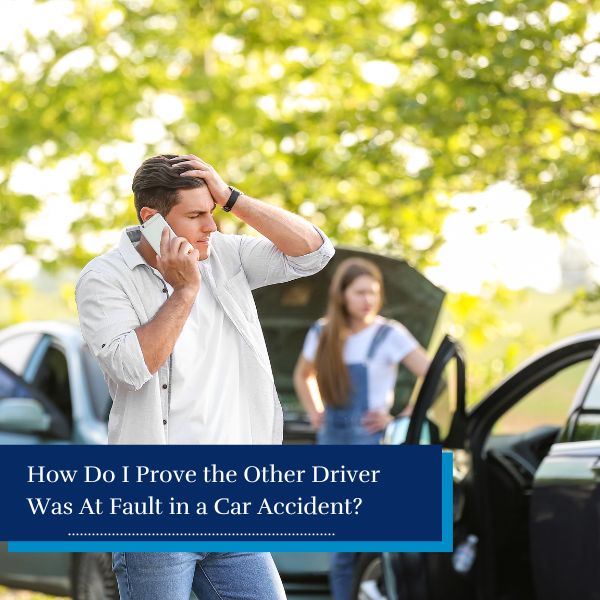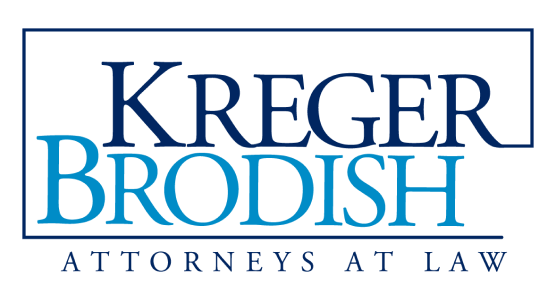
In a North Carolina car accident case, it’s essential to show that the other driver was completely at fault for the accident. This is because North Carolina is a contributory negligence state, which means that being even one percent at fault for the accident will bar you from receiving any compensation from the other driver’s insurance company and from being awarded damages by a judge or jury. Therefore, it is extremely helpful to have an experienced car accident lawyer on your side to investigate the crash and gather all the necessary evidence to prove that the other driver was completely at fault.
Proving Negligence in a Car Accident Claim
Proving fault rests on proving negligence. To prove that the other driver was negligent, you must demonstrate the four elements of negligence:
- That the other driver had a duty of care
- That the other driver breached that duty of care
- That the other driver’s breach of their duty of care caused the accident and your injuries
- That the accident resulted in damages (medical expenses, pain, and suffering, etc. for which you should be compensated)
For example, if another driver rear-ends you and your neck is injured, then: (1) the other driver had a duty of care to pay attention while driving, maintain a safe distance, and reduce their speed; (2) they breached that duty through distracted driving, a failure to maintain a safe distance, and a failure to reduce speed; (3) they caused an accident in which your neck was injured; and (4) your neck injury resulted in damages (medical bills and possibly pain and suffering). A skilled North Carolina car accident attorney can help you prove all four elements of negligence, as well as refute any attempt by the other driver’s insurance carrier to deny you compensation.
Evidence Used in Car Accident Cases
So, what kinds of evidence do North Carolina car accident lawyers use to prove the other driver’s negligence and your complete lack of negligence? One piece of evidence is, of course, the police report, which may contain the police officer’s opinion as to who was at fault for the accident. Ultimately, however, the determination of fault lies with the courts, not the police. Other evidence may include:
- Eyewitness testimony
- Driver statements
- Photos or videos of the scene, vehicles, or injuries
- Surveillance or traffic camera footage
- Medical records from the injuries sustained in the crash
Your car accident lawyer will work quickly to ensure that evidence is preserved in case a settlement cannot be reached and your case goes to trial.
What to Do After a Car Accident in North Carolina
There are several things you can do to help your case while your North Carolina car accident attorney is investigating the crash and gathering evidence. The first is to avoid speaking with the liability insurance adjuster about anything other than property damage. Remember that the insurance company is not on your side and is not gathering information from you to help you. They are gathering information to find a way to deny your case. They can use any recorded statement or even an offhand comment you make to try to poke holes in your case and claim that you were partly at fault.
The second thing you can do is see a doctor immediately after the accident and then follow a consistent regimen of medical care until you are full, 100 percent healed. The more quickly and consistently you seek medical care after an accident, the more likely the insurance adjuster is to determine that your injuries were directly caused by the negligence of their insured.
Contact the Car Accident Lawyers at Kreger Brodish LLP Today
The experienced North Carolina car accident lawyers at Kreger Brodish LLP have helped thousands of car accident victims obtain the full and fair compensation they deserve. Call us today to schedule your free consultation.






